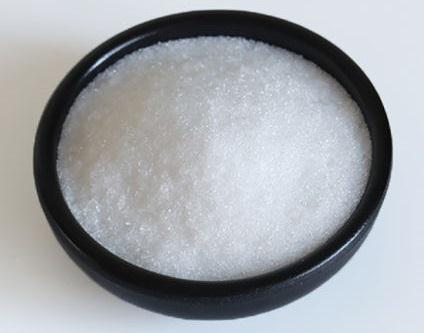Polyethylene Glycol: Indications, Mechanism of Action and Adverse Effects
Mar 10,2023
Polyethylene glycol is a medication that is used in the management and treatment of constipation. It is in the laxative class of drugs.
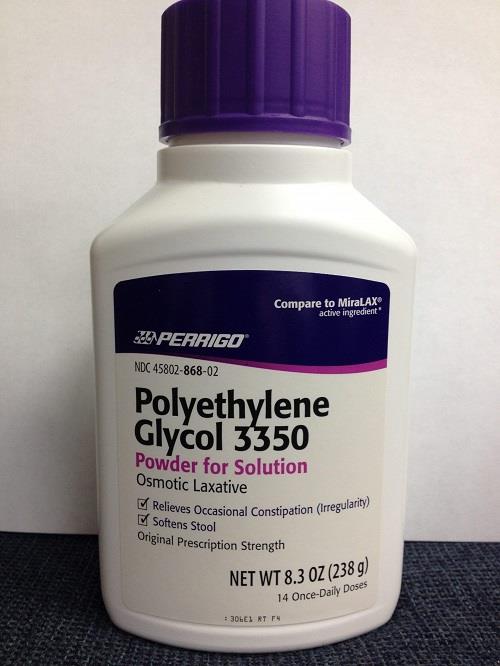
Indications
Polyethylene glycol (PEG) is a product with industrial and pharmaceutical uses. Since many PEG compounds are hydrophilic, industrially, they are utilized in cosmetic products as surfactants, emulsifiers, cleansing agents, humectants, and skin conditioners. As a medication, PEG is a part of the laxative class.
FDA-approved indications include the treatment of constipation in patients 17 years of age and older. PEG is preferred over other agents for chronic constipation and disimpaction as it was associated with limited adverse effects and a better-tasting profile. PEG laxative is safer than the PEG electrolyte lavage solution as there is no salt absorption.
Non-FDA-approved indications include colonoscopy preparation, fecal impaction, chronic constipation, and constipation in pediatric patients.
Mechanism of Action
PEGs have a variety of molecular weights and are composed of multiple ethylene glycol monomer units that undergo catalysis. PEG is soluble in water and is minimally absorbed in the gastrointestinal tract as a medication. PEG forms hydrogen bonds with water molecules. For this reason, it can prevent the reabsorption of water, which causes water retention in the stool and increases the osmotic pressure. As a result, the stool softens, and bowel movements occur more frequently.
Adverse Effects
Common side effects of oral administration of PEG include flatulence, nausea, stomach cramps, diarrhea, swollen abdomen, and rectal hemorrhage.
Urticaria has been observed after using PEG electrolyte lavage solution following topical administration.
Acidosis has been reported in literature and case reports with the intravenous administration of drugs utilizing PEG as a vehicle and repeated topical dermal exposure of PEG in burn patients.
Furthermore, some cases have shown renal proximal tubular necrosis with oliguria, azotemia, and renal failure following intravenous administration of PEG and topical application in burn patients. Of note, most of the cases were from more than 20 years ago.
In the pediatric population, the FDA has received reports of seizures, tremors, obsessive-compulsive behaviors (including repetitive chewing and sucking), paranoia and mood swings, tics, headache, sedation, aggression, anxiety, lethargy, and rages with the prolonged use of PEG.
Contraindications
PEG is contraindicated in patients with known or suspected bowel obstruction, appendicitis, inflamed bowel disease, perforated bowel, and hypersensitivity to polyethylene glycol, any component of the formulation.
Precautionary measures are necessary for patients with electrolyte imbalances and patients with renal impairment.
- Related articles
- Related Qustion
- Polyethylene glycol immunogenicity: anti-polyethylene glycol antibody Jan 2, 2024
Polyethylene glycol (PEG) is a flexible, hydrophilic simple polymer that is physically attached to peptides, proteins, nucleic acids, liposomes, and nanoparticles to reduce renal clearance, block antibody and protein binding sites, and enha
- Efficacy and tolerability of polyethylene glycol plus ascorbic acid for colonoscopic bowel preparation Nov 30, 2023
Low-volume polyethylene glycol plus ascorbic acid (PEG-Asc) reduces the dosage of colonoscopic bowel preparation (BP) solution, but is still poorly tolerated. Adding laxatives to the BP solution reduces the volume of fluid required, without
3-O-Benzyl-1,2:5,6-di-O-isopropylidene-alpha-D-glucofuranose (3-O-B-DIP-alpha-D-Glu) is a sugar derivative of glucose with a benzyl group attached to the 3-position of the sugar ring.....
Mar 10,2023CarbohydratesSulphamic Acid is an odorless, white, crystalline (sand-like) solid. It is used in cleaning metal and ceramics, dye manufacturing, for stabilizing Chlorine in swimming pools, in electroplating, and as a bleaching agent.....
Mar 10,2023Organic ChemistryPolyethylene Glycol
25322-68-3You may like
- Tris(dibenzylideneacetone)dipalladium: uses and Health effect
May 9, 2024
- polypropylene vs polycarbonate
Mar 18, 2024
- What is sodium chlorite used for?
Mar 16, 2024
Polyethylene Glycol manufacturers
- Polyethylene glycol
-
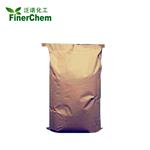
- $1.00 / 25KG
- 2024-05-17
- CAS:25322-68-3
- Min. Order: 1KG
- Purity: 99%
- Supply Ability: 1000mt/year
- Poly(ethylene glycol)
-
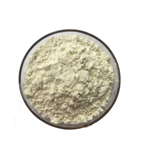
- $0.60 / 1kg
- 2024-05-17
- CAS:25322-68-3
- Min. Order: 10kg
- Purity: 99%
- Supply Ability: 3000tons
- Poly(ethylene glycol)
-
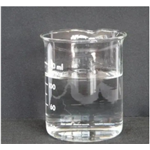
- $1300.00 / 1ton
- 2024-05-17
- CAS:25322-68-3
- Min. Order: 5ton
- Purity: 99%
- Supply Ability: 3000tons




